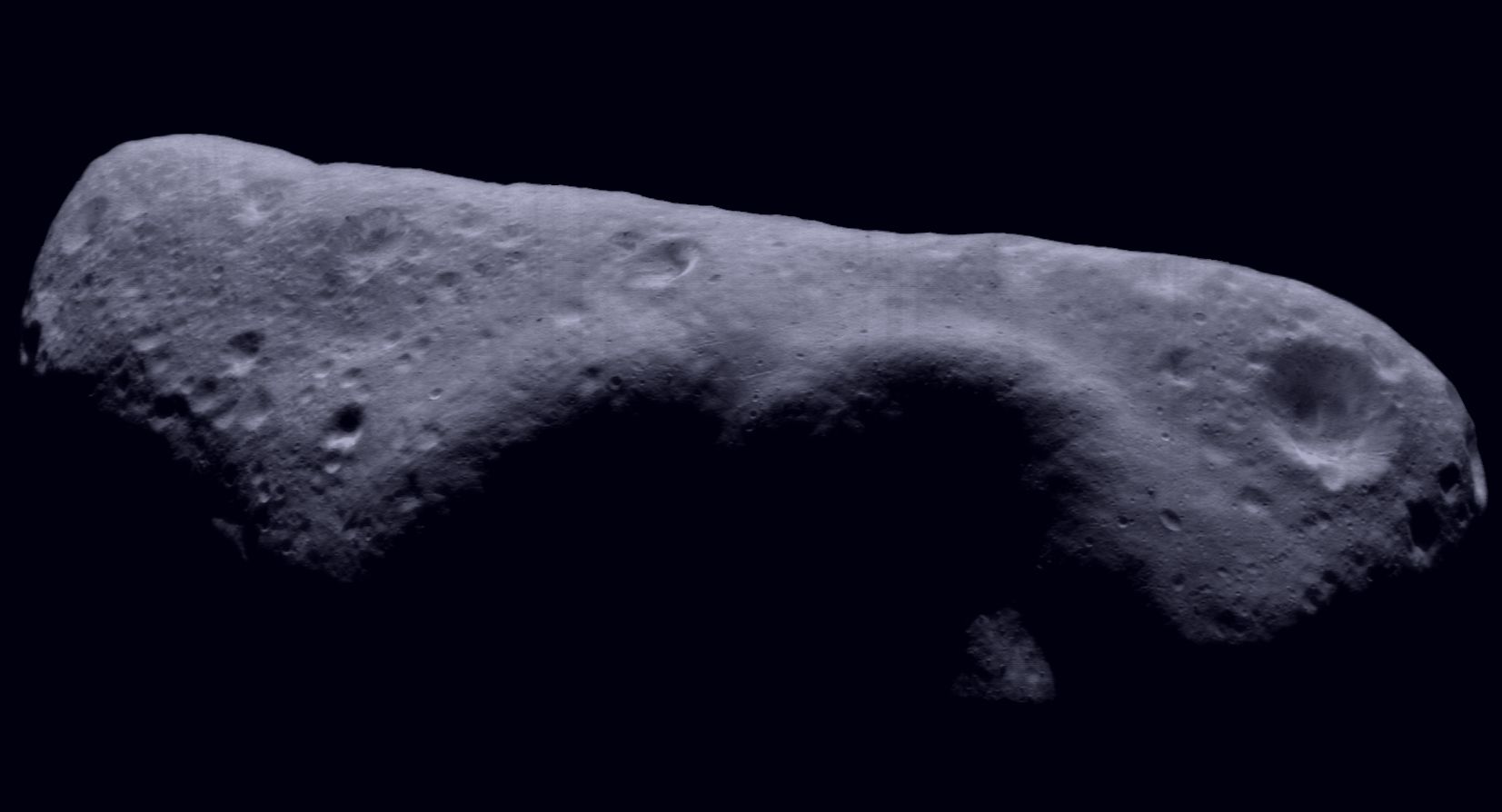| Solar System Dynamics Group |
 |
Impact orbits of Potentially Hazardous Asteroids |
 |
| Solar System Dynamics Group |
 |
Impact orbits of Potentially Hazardous Asteroids |
 |
| Object | Impact orbit | Current status | Diameter [m] | Other informations |
|---|---|---|---|---|
| 2009 AV | yes | currently observable | ?—? | |
| 2008 YU32 | yes | currently observable | ?—? | |
| 2008 XQ2 | yes | currently observable | 310—700 | |
| 2008 XC1 | yes | currently observable | 50—120 | |
| 2008 WY94 | yes | currently observable | 20—50 | older results |
| 2008 WK96 | yes | currently observable | 70—160 | |
| 2008 UV99 | yes | currently observable | 360—800 | |
| 2008 UB7 | yes | currently observable | 50—110 | |
| 2008 TE | yes | currently observable | 0—10 | |
| 2008 ST7 | yes | not observable | 50 | older results |
| 2008 OO | yes | not observable, but possible to recover | 350 — 730 | |
| 2008 JL3 | yes | not recently observed | 20 — 50 | |
| 2008 ER7 | yes | not recently observed | 300 — 670 | |
| 2008 AF4 | yes | not observable, but possible to recover | 340 — 770 | |
| 2007 VK184 | yes | not observable, but possible to recover | 110 — 260 | |
| 2007 RY19 | yes | not observable, but possible to recover | 90 — 210 | |
| 2006 SU49 = 2001 UV17 | yes | not observable, but possible to recover | 360 — 800 | |
| 2006 SC | yes | not recently observed | 20 — 60 | |
| 2006 QV89 | yes | not recently observed | 20 — 50 | |
| 2005 QK76 | yes | not recently observed | 20 — 60 | |
| (144898) 2004 VD17 |
yes | not observable, but possible to recover | 320 1 | older results |
| 2004 LV3 | no | not recently observed | 500 — 1200 | |
| 2004 NL8 | no | not recently observed | 1100 — 2600 | |
| (99942)Apophis 2004 MN4 |
yes | not observable, but possible to recover | 270 | |
| 2004 FU4 | no | not recently observed | 600 — 1300 | |
| 2004 DV24 | no | not recently observed | 1300 — 2900 | |
| 2001 WN5 | no | not recently observed | 700 — 1500 | |
| 2000 WO107 | no | not recently observed | 410 — 920 | |
| 2000 SG344 | yes | not recently observed | 30 — 70 | |
| (137108) 1999 AN10 |
no | not observable, but possible to recover | 800 — 1800 | older results |
| 1997 XR2 | no | not observable, but possible to recover | 200 — 460 | older results |
| (35396) 1997 XF11 |
no | not observable, but possible to recover | 1300 — 2800 | older results |
| 1994 WR12 | yes | lost object, but possible to recover | 110 — 260 | |
| (2340) Hathor | yes | not recently observed | 5300 | |
| (29075) 1950 DA |
yes | currently observable | 14002 |